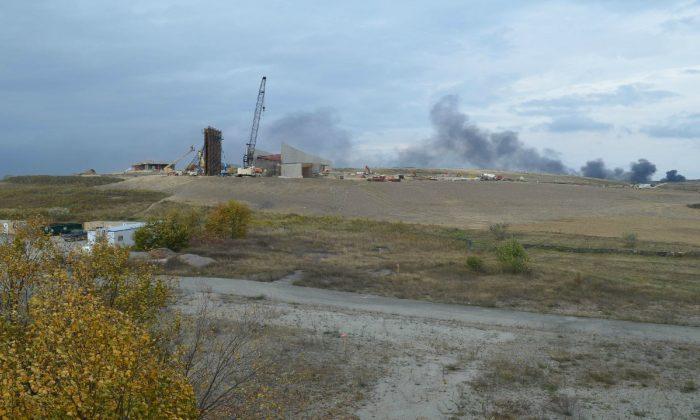Research into unmanned drones is on the rise in Idaho, and the technology is being used in a number of ways.
Idaho researchers are working with drones or unmanned aerial vehicles (UAV) by providing information for gathering and developing map data for landscape habitats, and working with entities such as the Federal Aviation Administration (FAA) and the Department of Defense in addressing safety concerns in the national airspace.
In 2011, Boise State and Washington State University worked in conjunction with the U.S. Geological Survey on a project that took to the sky in utilizing UAVs to track environmental threats to Idaho wildlife.
The project re-purposed unmanned aircraft from the U.S. Army that was originally slated for destruction. These ex-military Ravens measured the cover of sagebrush habitat in an effort to determine population densities for the pygmy rabbit.
“It’s great,” says Jennifer Forbey, assistant professor of biology at Boise State University. “The aircraft gives us the missing spatial scale. It gives us a great picture of the land that we could never get from the ground.”
Forbey says future research plans involve the use of infrared cameras.
Meanwhile, Idaho’s National Laboratory (INL) has built a nationally recognized UAV program through successfully integrating advanced sensor technologies.
The INL is currently hard at work researching the use UAVs for both the Department of Defense and the Department of Energy. INL engineers are studying the possibility of completely autonomous flights—where the aircraft flies itself through sensors and computer programs.
“It’s an amazing technology,” says Matthew Anderson of the INL’s Robotics and intelligence Systems.
“When it’s ready to land, it lands. Of course, the coordinator can take over and fly manually, but the vehicle does not talk to the ground station. They operate themselves. We just say, ‘What’s the mission.’”
In response to the U.S. Air Force’s need for immediate assessment following attacks in an airfield, the INL has also developed a system known as the Rapid Airfield Damage Assessment System (RADAS), or the Raptor Eye. The state-of-the-art RADAS allows for damage assessment while saving the manpower and field teams that would normally be exposed to a hostile environment.
“We are working to show the UAV’s protection potential,” says Anderson. “It’s fantastic technology, but something that needs to be controlled.”
While the wars in Afghanistan and Iraq have seen an unprecedented rise in the use of drones for everything from surveillance to missile strikes, use of UAVs is growing in other parts of U.S. and around the world. As the technology improves, there is a greater interest in non-governmental uses of UAVs in photography, agriculture, and communication.
In the U.S., UAV’s have been used to measure offshore wind potential in New York, to monitor the U.S.- Mexico border, and to photograph eroding banks on the Missouri River.
Abroad, unmanned vehicles have been used to detect hydrothermal systems near the Mariana Islands, to sample air in Costa Rica for predicting volcanic eruptions, and to monitor the melt down at the Fukushima nuclear plant in Japan.
In February, President Obama signed the FAA Air Transportation Modernization and Safety Improvement Act of 2012. According the mandate, the FAA must include regulation to allow for more widespread use of UAVs by 2015, and to lay out a path for future integration of UAVs, public and private, into the national airspace.
To date, there are only two certifications for flying UAVs in public airspace. One is a Certificate of Authorization, which guides INL program research. The other is an Experimental Airworthiness Certificate, which allows for research and development, crew training, and market survey.
In direct response to the mandate, the FAA is currently setting up a process for selecting six practice sites in order to acquire the data necessary to safely and efficiently integrate UAVs into the national airspace. The goal of the six practice sites will be to aid in safely developing certification standards and in designating the proper airspace for flight operations.
One potential practice site is the INL research area.
According to Anderson, “We'll have to see if the INL plays a role. What role would that be? The [FAA] experts will refine the process.”




Friends Read Free